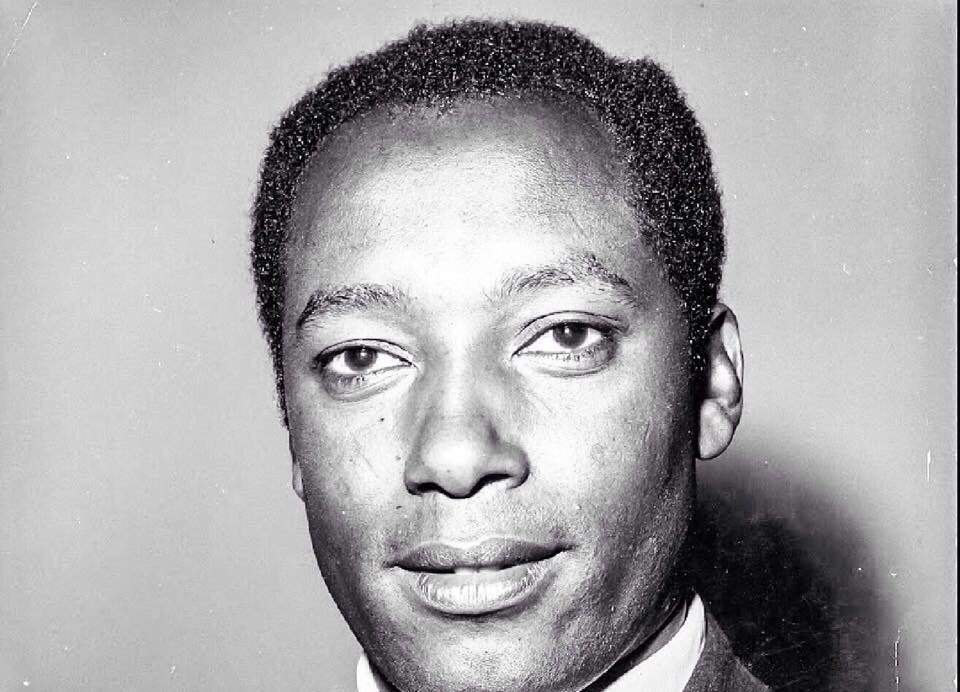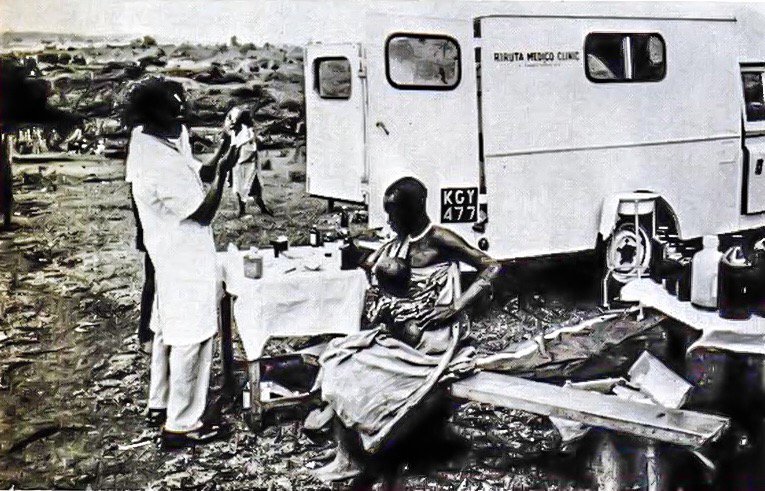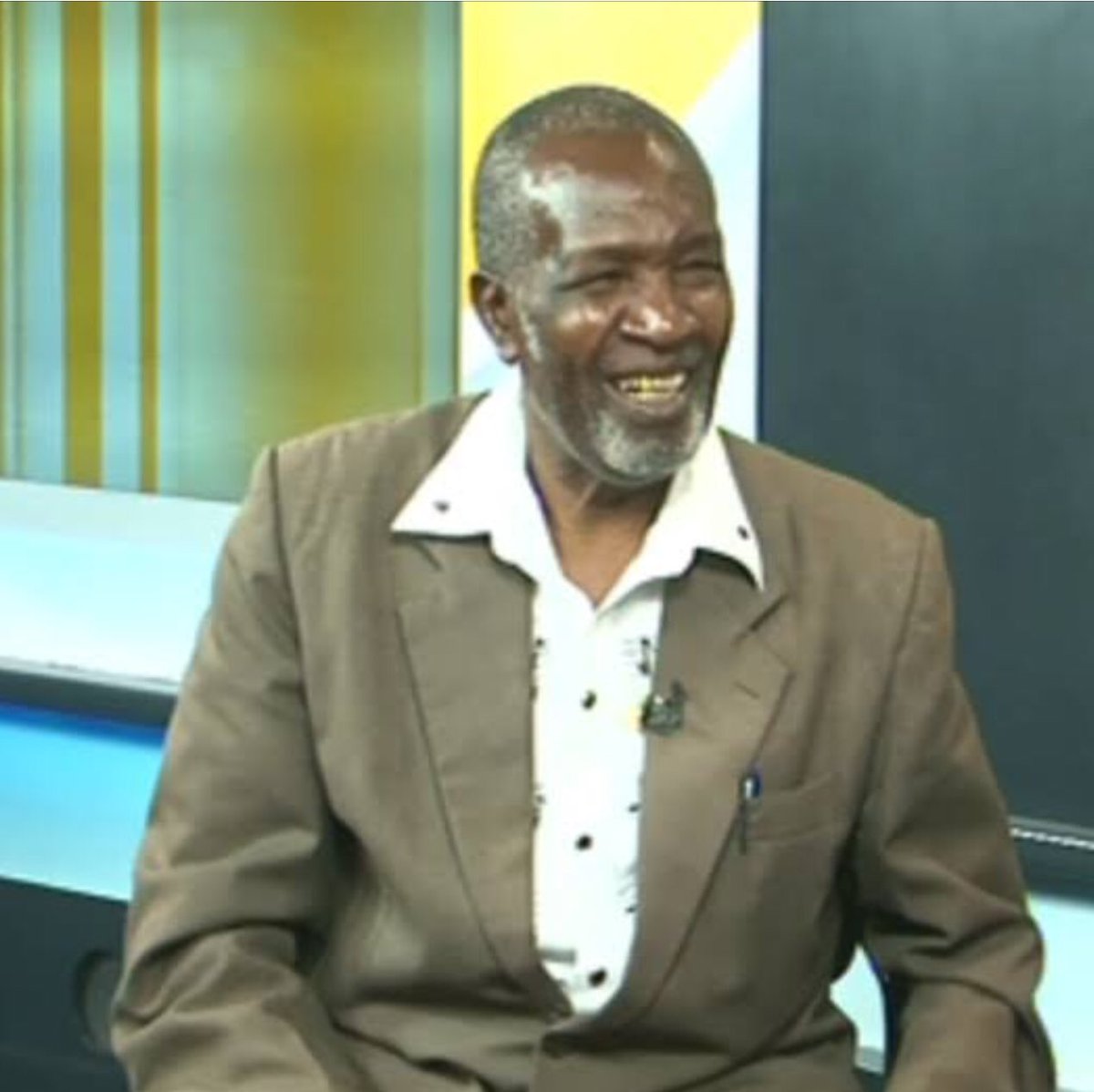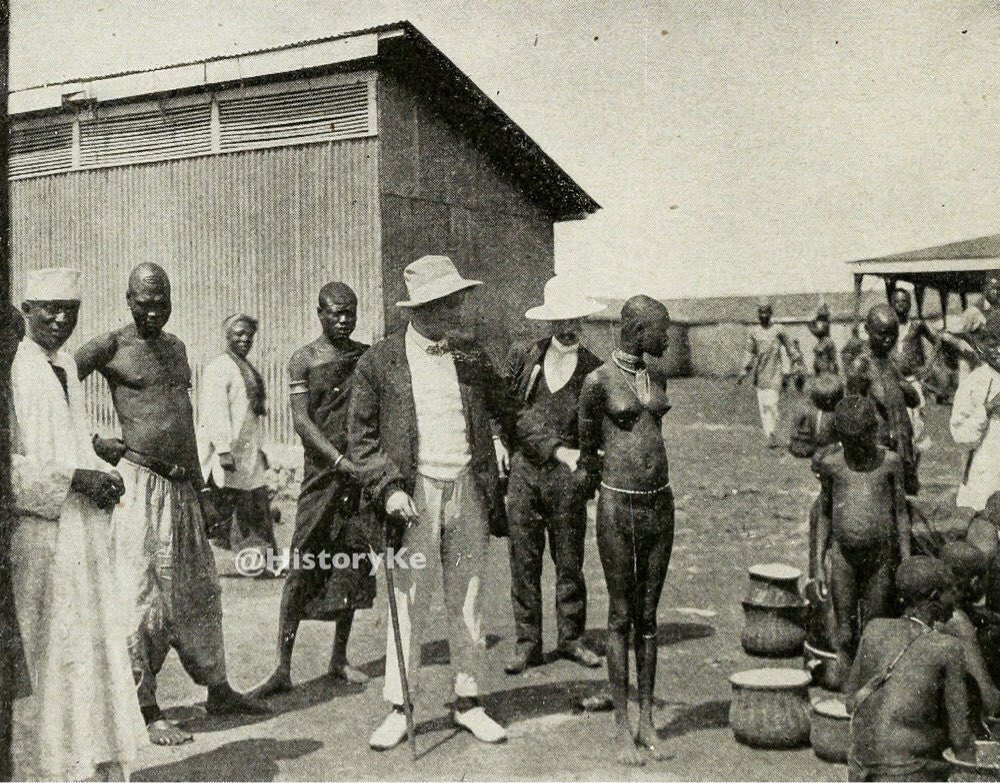1/29 #HistoryKeThread: In 1945, only 15 African youths graduated from high school in Kenya. Among them was Njoroge Mungai, an Alliance High School student. 

2/29 While in elementary school, Mungai had injured his foot and watched with great interest as a missionary doctor attended to his wound. Inspired, Mungai wanted to be a doctor.
3/29 At the end of his high school studies, the young man, a native of Kiambu, sought to study medicine in the United States. For some reason, the colonial government in Kenya denied him the chance.
4/29 Determined, he journeyed to South Africa by road. And between undertaking odd jobs and peddling cosmetics down south, Njoroge earned his first degree, a Bachelor of Science in Public Health and Hygiene from Fort Hare College.
5/29 In 1951, he went to London and, while there, managed to secure an american visa. Wellwishers had lent him money that was just enough for his airfare to New York, where he landed with exactly three cents in his pocket and 60 pounds in debt.
6/29 With additional loans from friends (not sure who they were) for busfare, he made it by road to the west coast. Here, in Palo Alto, California, he labored his way through Stanford University Medical School.
7/29 In 1957 his perseverance paid off when he was conferred with his first medical degree.
8/29 Dr. Njoroge Mungai returned to Kenya in 1959. Just before his return, he had undertaken an internship at Kings County Hospital in Brooklyn, besides enrolling for a post-doctoral degree in internal medicine at Columbia Presbyterian Medical Center.
9/29 His return to Kenya was at a time when the clamour for independence had reached a promising high. As one among only four African medical doctors in 1960, he became famous and a lot of Africans flocked his makeshift clinic at Riruta, which in those days... 

10/29 ...was part of Kiambu county.
11/29 Patients from greater central Kenya and from as far as Narok came to see him. In 1962, he told reporters that he attended to as many as 400 patients daily, such as this one being stretchered into his clinic in 1962. 

12/29 With support from American friends and benefactors like theologian-cum-physician Albert Schweitzman, Dr. Mungai secured a mobile clinic and surgical equipment in 1961. This enabled him serve patients in remote corners in the outskirts of Nairobi. 

13/29 From morning till late evening each day for six days a week, Dr. Mungai attended to patients. Sundays were set aside for dalliance in political rallies. He became active in KANU and grew close to Mzee Kenyatta, who had recently been released from prison. 



14/29 In fact, Dr. Mungai was Mzee’s personal physician. So it was not unusual to find the medical practitioner and politician accompany Mzee at political rallies. 

15/29 Just before independence, on 13th August 1963, Dr. Njoroge Mungai along with other local leaders like Mbiyu Koinange, accompanied Mzee Kenyatta to Nakuru County, where the Prime Minister-designate was scheduled to address white settlers.
16/29 Nakuru was at that time the leading district in terms of farm output. Many considered Nakuru the seat of modern agriculture in Kenya. A lot of successful white farmers were found here.
17/29 Before walking into the meeting hall where a crowd of expectant white settlers was waiting, Mzee sought advice from the retinue of politicians accompanying him on what he should say.
18/29 The advice he got was everything but conciliatory. Dr. Mungai and other leaders wanted the white settlers to surrender the white highlands and leave the country after independence.
19/29 Others sought reparations or special 'affirmative action' taxes slapped on the settlers as a way to recompense locals for the land they lost to Europeans.
20/29 After listening carefully to each piece of advice from the leaders, a calm Mzee Kenyatta thanked them. He then took his seat at the podium. Mbiyu, Dr. Mungai and the rest of the local leaders took their seats at a corner of the hall, imbued with a sense...
21/29 ...of triumph, having no doubt Mzee would deliver their collective bile.
22/29 But to the surprise of the local politicians, Mzee was conciliatory. He extended an olive branch at the settler community, telling them that the new nation had a lot to learn from their expertise in agriculture.
23/29 He implored them to stay on and not leave, arguing that he intended to rally the nation to work together in harmony to improve the livelihoods of all Kenyans irrespective of colour.
24/29 "I harbour no bitterness and want to leave the past behind me. If I have wronged you, then I ask for your forgiveness", Mzee said.
25/29 After the address to the settlers ended, the local leaders confronted Mzee, angrily seeking to know why he went against the 'agreed script'.
26/29 "What I did was seek your opinions on what I should tell the settlers", Dr. Mungai recalled Mzee telling them.
27/29 "I did listen carefully to each of your opinions. But we did not agree that what we discussed is what I would tell the settlers...”
28/29 As MP for Dagoretti, Dr. Mungai served the post-independence cabinet in various ministerial dockets including Health, Defence and Foreign Affairs. He also had diverse business interests in the farming and catering sectors, among others. 



29/29 Dr. Mungai died in August of 2014, aged 88.
• • •
Missing some Tweet in this thread? You can try to
force a refresh













